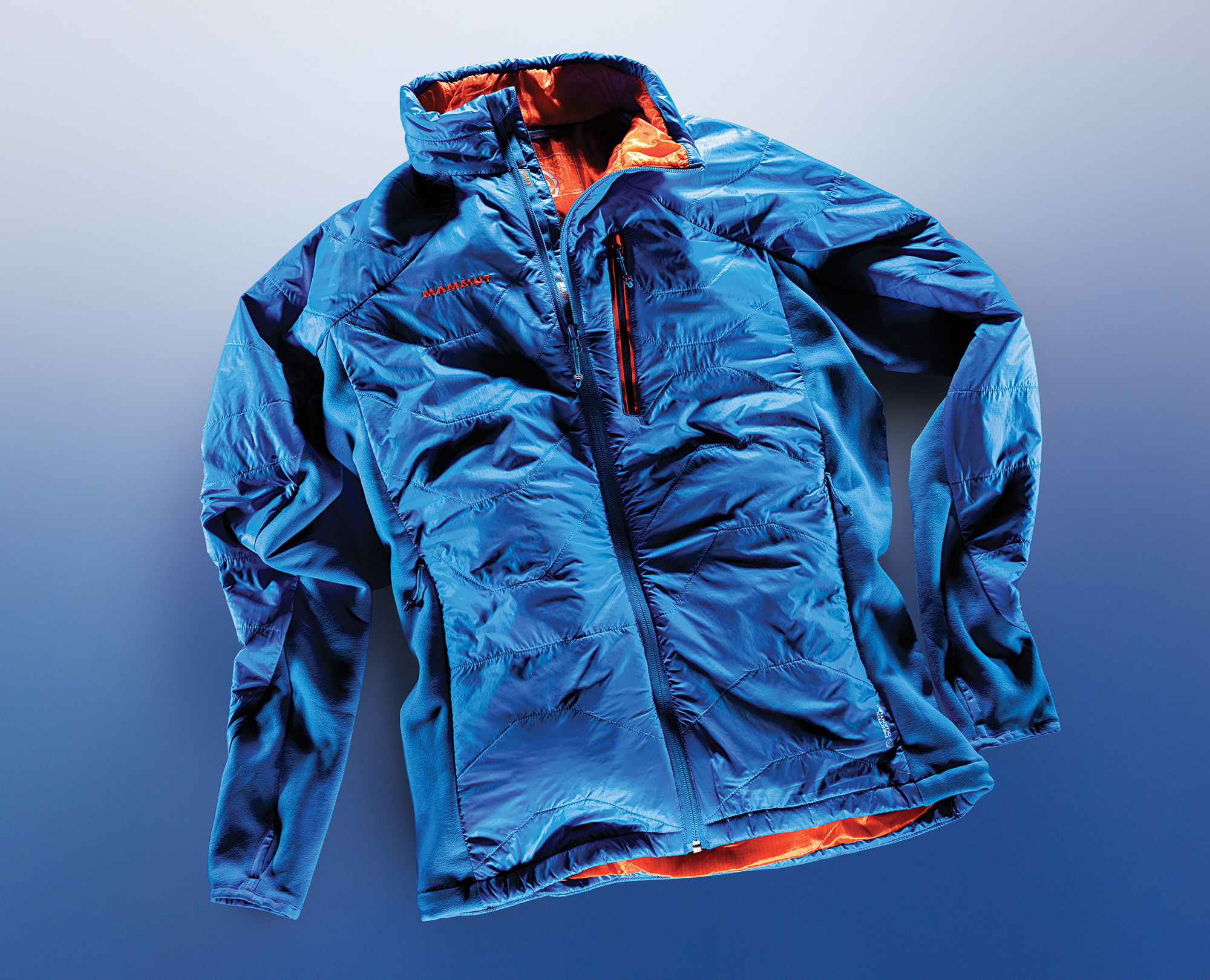

We may earn revenue from the products available on this page and participate in affiliate programs. Learn more ›
In 2010, the U.S. Army went to textile manufacturer Polartec with a problem: Troops needed a jacket that would breathe when they worked up a sweat but would also hold onto warmth when they sat still. Down and synthetic insulations don’t allow this to happen. They require quilting and tightly knit, less-breathable fabrics to hold them in place and keep them dry. Polartec worked for more than a year to develop an insulation without those constraints. Last year, it gave the Army Polartec Alpha.

An Alpha-based jacket consists of a sheet of insulation sandwiched between loosely knit, breathable fabrics. When it’s hot, sweat evaporates; when it’s cold, Alpha traps warmth in its thousands of tiny air pockets. This fall, a dozen companies, including Marmot and The North Face, will release Alpha-based jackets. And Polartec will make Alpha in multiple thicknesses, so the jackets will only get warmer from here.
This article originally appeared in the September 2013 issue of Popular Science.
